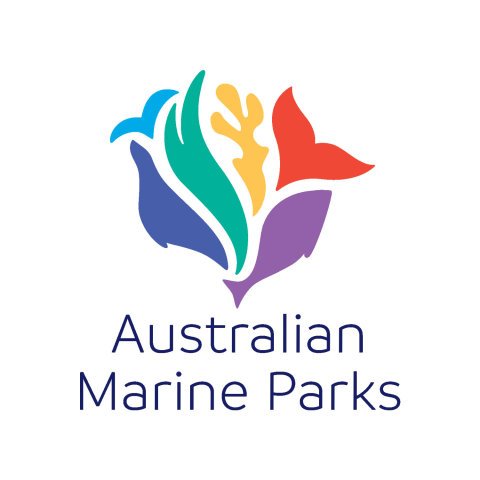Marine Parks
Type of resources
Topics
Keywords
Contact for the resource
Provided by
Years
-

This record provides an overview of the scope and research output of NESP Marine Biodiversity Hub Project D7 - "NESP Hub support for Parks Australia’s Monitoring, Evaluation, Reporting and Improvement System (MERI) for Australian Marine Parks". No data outputs are expected for this project. -------------------- This application is to facilitate Hub engagement with Parks Australia during development and initiation of their Monitoring, Evaluation, Reporting and Improvement (MERI) System for Australian Marine Parks. A key priority for the Marine Parks Branch in the 2019-20 financial year is finalising the Australian Marine Park MERI system. The Marine Biodiversity Hub will play an important role in development and implementation of this system. Hub partners have had previous experience in developing the integrated monitoring framework for the Great Barrier Reef, developing a process for identifying indicators for monitoring Key Ecological Features, and also have collected much of the ecological data that exists within Australian Marine Parks. In discussions with Parks Australia, to ensure the MERI system is optimally integrated with current scientific knowledge and capability, there are a number of tasks and information needs that the Hub is well positioned to provide assistance with, these include: • Review the ‘common language’ proposed for Australian Marine Parks, including natural values and pressures classifications, hierarchies and definitions. • Contribute to the identification of natural values, pressures and human uses within Australian Marine Parks and, where required, provide spatial data layers for incorporation into Parks Australia’s spatial information systems (i.e. Wylie) and other mapping portals. • Review conceptual models developed for each of the key ecosystems across the Australian Marine Park networks. • Review ecological risk assessments for natural values and pressures. • Provide advice on the process and criteria for identifying monitoring and inventory priorities. • Develop detailed conceptual models for areas identified as monitoring priorities. • Contribute to the development of monitoring questions. • Provide advice on the process and selection criteria for identifying appropriate value and pressure indicators (noting that the NESP D6 project is helping to identify appropriate social and economic indicators and measures). • Provide advice on best practice approaches for assessing management effectiveness. • Identify the suitability of existing data sets to support the identified monitoring priorities. • Provide advice on evaluation and reporting including best approaches for using a combination of quantitative data and expert opinion, and to help ensure alignment and consistency across objectives, key evaluation questions and reporting.
-

Parks Australia - Our Marine Parks Grants Round 3 Project: Satellite Mapping of Bathymetry and Habitats of Ashmore and Cartier Island Marine Parks This project aimed to map the satellite-derived bathymetry (SDB) and benthic habitats at 2m horizontal spatial resolution, for the shallow waters (~0-25 m) of the Ashmore Reef and Cartier Island Marine Parks. These critical geospatial data layers provide the essential environmental baseline information for the long-term monitoring and management of these Marine Parks. Mapping the shallow water zone is of importance both from an environmental and socioeconomic perspective. Having access to digital, georeferenced, high-resolution, satellite-derived maps of bathymetry and benthic habitats of shallow water areas, is of fundamental use in the areas of navigation, ecological research, environmental modelling, management and conservation, and monitoring the impacts from climate change.
 IMAS Metadata Catalogue
IMAS Metadata Catalogue